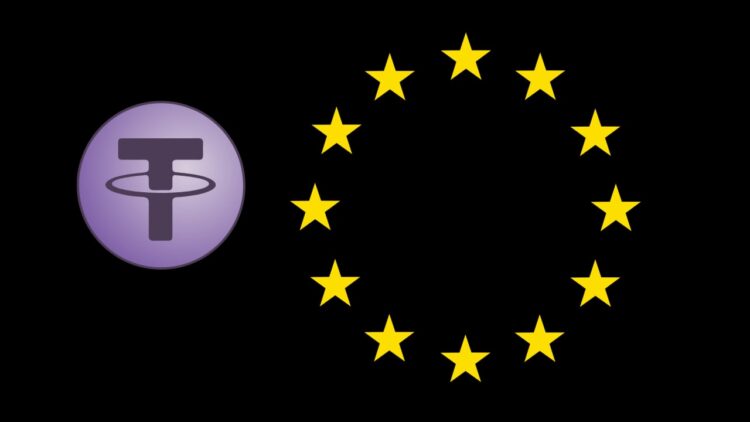In September 2020, the European Commission introduced the Markets in Crypto-Assets (MiCA), which can result in heavy restrictions for foreign-dominated stable coins like USDT, BUSD, and USDC.
The global crypto market is believed to be volatile and unregulated. To rectify this problem and provide a legal framework for the activities of Crypto service providers, the European Commission introduced the proposal for MiCA, a framework for the issuance of Crypto assets and provision of crypto services in the 27 states of the EU.
Yet the MiCA framework placed significant emphasis on stablecoins, allocating more than 25 of its 168 pages to major stable coins like USDT, USDC, and other asset-referenced tokens not backed by the fiat currency Euros.
The new development is set to provide a “passport-able” license for the 27 states, making it easy for service providers to set up shop in any state without any legal complexities. It is also set to restrict access to major stablecoins backed by many other fiat currencies.
Crypto enthusiasts, particularly the Digital Euro Association and Blockchain for Europe, sent a letter to the EU council requesting clarification for terms like “uses as a means of exchange” under the MiCA framework. They also went on to explain the extent such harsh policies on dollar-pegged stablecoins could have on the economic market.
Euro-backed stablecoins like EUROC introduced in June 2022 are new to the market, are less liquid, and would have difficulties replacing the major stablecoins.
The MiCA proposal is currently making its way through complex bloc bureaucracy, and if passed, it would result in massive costs for service providers and investors in the EU.










